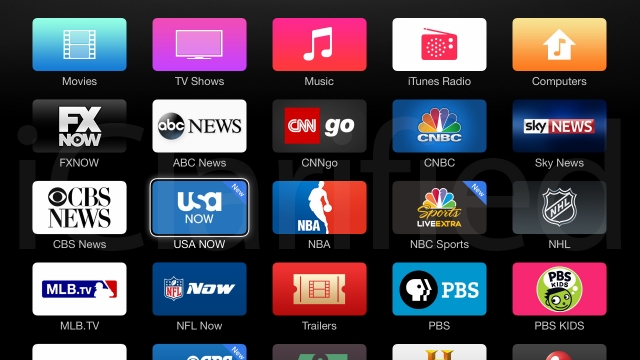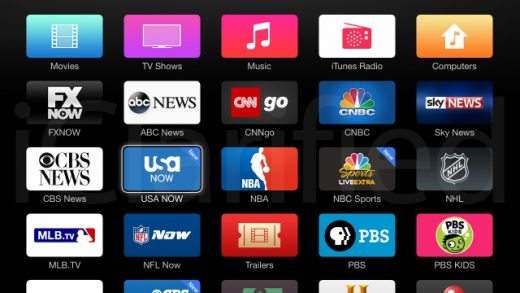What Happens When Sports Leaves The Networks?
by Barry Lowenthal, Op-Ed Contributor, November 11, 2016

I read my favorite quote of 2016 on April 17 in The New York Times in a column titled “Media Websites Battle Faltering Ad Revenue and Traffic.”
The quote was by Brian Nowak, a Morgan Stanley analyst who said: “In the first quarter of 2016, 85 cents of every new dollar spent in online advertising will go to Google or Facebook.”
Ever since, I’ve been thinking about what’s to come and how I have to optimize a future dominated by search and social and the complete disruption of $70b currently being spent on TV. If there’s any doubt whether two companies will directly and completely dominate our future, look no further than last week’s earnings reports.
Recode reported that in Q3 Google and Facebook represented all the growth in the online advertising space; the industry shrank. That doesn’t mean everyone shrank (Snapchat’s success is tremendous), just collectively. Still, it shows how dominant these two companies have become. A measurement solution that doesn’t include these two companies isn’t really a solution.
In addition, Facebook announced it passed the 1 billion mobile-only monthly active users; it’s staggering how completely dominant mobile has become. Mobile now accounts for 82% of the company’s total revenue.
Two companies dominate the advertising ecosystem, and mobile is the dominant channel. Several other remarkable stats have recently been published and when connected tell an interesting story and also provide marketers with a map to the future. These stats include the rise of ad blocking, cord cutting, scalable reach opportunities, and declining ratings. Per Statista, 22% of TV HHs have never had a traditional TV subscription. They’ve either cut the cord or never had a cable subscription.
What’s considered a ‘regular experience’ has fundamentally changed for consumers and what matters to consumers should matter to the networks. Also, ad blocking remains stubbornly high. Some 70 million people in the US use an ad blocking tool (Statista).
With the rise of consumer control, steaming services, including Hulu and Netflix (+25% subs vs. YAG) continue to grow in the U.S. and abroad. And most of these services are ad-free. And a much better experience because of it. Probably the most prescient data point is that sports now accounts, per Ad Age, for 37% of TV ad spending and the top-rated shows on TV by far are all sports games.
Gathering lots of people together at one time (i.e. scalable immediate reach) has always been the broadcaster’s greatest selling point and the reason they’ve told us we should pay such gigantic CPMs.
However, now I can reach as many people with an Instagram post as I can on prime-time cable. The recent World Series ratings success demonstrates the power of culturally significant live programs. But that game was an exception. One of the least discussed facts is that all the contracts to air the games are up for renewal starting around 2021 (a complete list).
And 2021 is only four years away. Given the dominance of the streaming companies and the war chests being amassed by Amazon, Apple, Google and Facebook (FB is 14x the size of CBS), we should not assume that the broadcast and cable networks will win the next auction.
Twitter has already proven that streaming live sporting events works really well.
According to reports, even the NFL was “pleased.” Given the great quality of shows on Netflix, Amazon and HBO, if sports were to leave the networks, what’s their reason for being? Do we need them any more? Since ratings continue to decrease year over year (maybe except for people 65+) and more reach can be delivered in social than on broadcast what’s the purpose of the broadcasters? The broadcasters promised scalable reach; now Facebook and Snapchat do a very good reaching a lot of people with a lot better data.
While the leagues and the networks have had a synergistic relationship for decades, the leagues are examining a world without the networks. Their confidence is growing enormously alongside the growth of OTT options.
The networks need distribution channels to reach lots of people (assuming they all don’t just go direct) so the fans can continue rooting for their teams.
Not only do the social platforms provide big audiences, they provide a shared participatory mechanism only experienced in the arena.Who will get the $70 billion spent on TV besides the 85% going to Google and Facebook or will they get it all?
MediaPost.com: Search Marketing Daily
(19)


